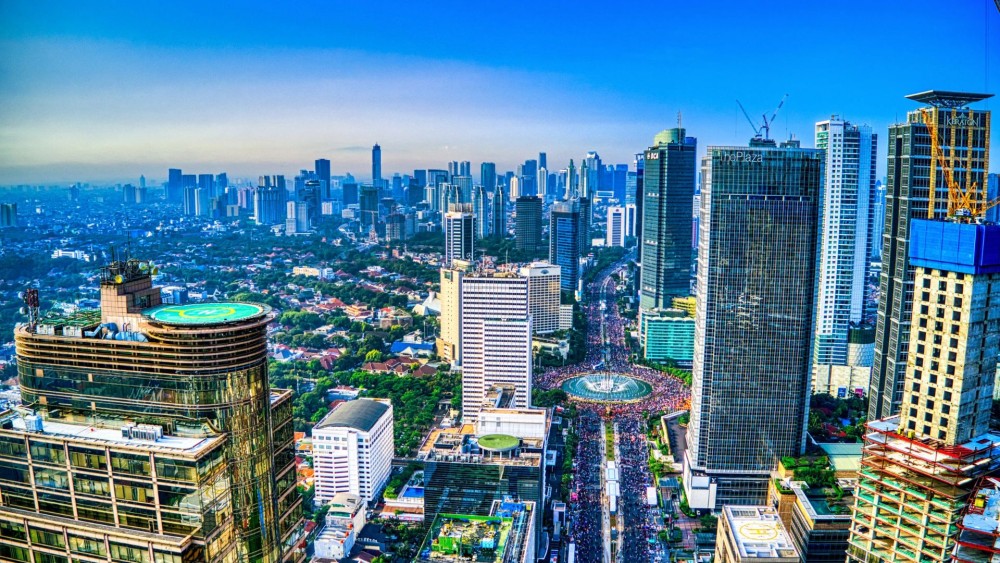Indonesia reacquires upper-middle-income status after growth rebound
05 Jul 2023

A powerful post-pandemic recovery has brought Indonesia back to being categorized as an upper middle-income country based on the latest classification from the World Bank issued in July 2023.
Indonesia’s Gross National Income (GNI) per capita reached US$4,580 in 2022, an increase of 9.8% from the previous year. The number exceeded the World Bank’s standard of categorizing upper middle-income economies: GNI per capita between $4,466 and $13,845.
Previously, Indonesia had for the first time achieved upper-middle income status in 2020. Yet, in the same year, the status was later degraded due to the coronavirus pandemic, which obstructed the archipelago’s economy.
Consumption and employment started to rebound last year as the country gradually eased pandemic restrictions. Exports, due to terms-of-trade shocks led by commodities, also contributed significantly to Indonesia’s faster-than-the-region's median growth rate.
In his introductory briefing at the Cabinet Meeting on Monday, July 3, President Joko Widodo felt proud and grateful that Indonesia's economy was still growing positively amidst the global economic turmoil.
"This is a rapid recovery process after we were relegated to the lower-middle income countries' group due to the COVID-19 pandemic in 2020. We should be grateful that our economic growth has remained above five percent, a relatively high level, for six consecutive quarters," the president said.
The World Bank noted that the Gross Domestic Product (GDP) of Indonesia recorded an increase of 5.3% in 2022, growing at its quickest rate in the last nine years.
Although the country is on an upward trajectory, President Joko Widodo emphasized that the country was going to encounter challenges during the second quarter of 2023 because of the Russia-Ukraine war and the ongoing environmental concerns posed by climate change.
"This situation affects economic growth and weakens trading activities, and we can see that our exports are in decline. Consequently, we should pay close attention to a number of international institutions' predictions on the global economic slowdown," he noted.
The World Bank annually releases a list that classifies countries into four categories based on their gross domestic product (GDP) per capita: low, lower-middle, upper-middle, and high. The list is renewed every July based on the latest rate of the US dollar.
In Southeast Asia, Indonesia’s achievement is relatively modest, considering Malaysia has been a middle-income country since 1985, Thailand has been the same since 2011, and Singapore and Brunei have been high-income countries since the 1980s and 2019.

